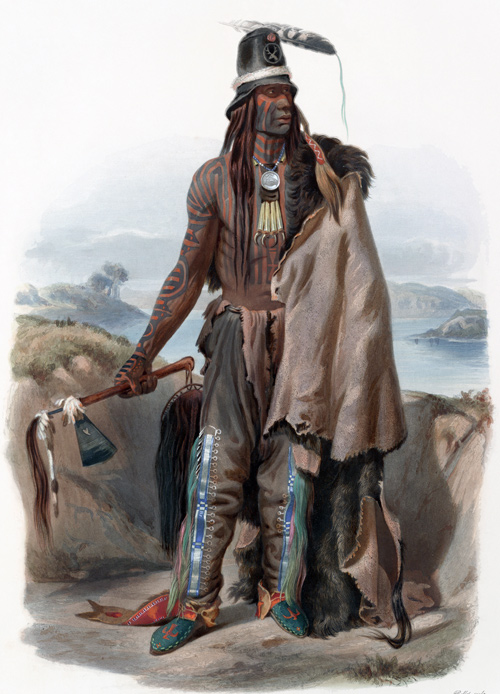Prior to departing from winter camp at Wood River, the Hidatsa were relatively well-understood by Lewis and Clark, but not known by that name. One of their St. Louis informants, Jean Baptiste Truteau, called them by their French name Gros Ventre which literally translates as Big Belly. They didn’t have bigger bellies than any other Native Americans, but that meaning was translated by French traders from a Plains Sign Language gesture for the tribe where the hand moves in the shape of an extended stomach.[1]Frank Henderson Stewart, Handbook of North American Indians: Plains Vol. 13, Raymond J. DeMallie, Ed. (Washington, D.C.: Smithsonian Institute, 2001), 346.
History
According to Crow and Hidatsa tradition, the two peoples split from a single group. Both are Siouan, and evidence supports their common past. Clark was told of split and wrote:
he [Sheheke] Said that the Menitarras [Hidatsa] Came out of the water to the East and Came to this Country and built a village near the mandans from whome they got Corn beens &c. they were very noumerous and resided in one village a little above this place on the opposit Side. they quarreled about a buffalow, and two bands left the village and went into the plains, (those two bands are now known bye the title Pounch, and Crow Indians.
—William Clark, 18 August 1806
In 1781, the Hidatsa population was reduced to about 2000 after a smallpox epidemic. At this same time, plains village tradition tribes became more vulnerable to nomadic tribes such as the Sioux. The Hidatsa settled in three villages just north of two Mandan villages in a complex now called the Knife River Villages. There, they practiced horticulture and hunting in the manner of the Plains Village tradition. They appeared to be more war-like than their Mandan allies and were likely the people who traveled to the Three Forks of the Missouri where they encountered the Lemhi Shoshones and eventually captured Sacagawea, a valued member of the expedition.
Hidatsa Village Traders
The Hidatsa story of Sakakawea differs significantly than that of the Lemhi Shoshone and academic historians. The spelling Sakakawea reflects a Hidatsa meaning and birthname. The spelling Sacajawea reflects the Lemhi Shoshone meaning and interpretation of her life and Sacagawea the spelling and story commonly accepted by academic historians.[2]Sacagawea’s name and life story is often debated. Being a popular argument, the controversy is outlined at Wikipedia, https://en.wikipedia.org/wiki/Sacagawea#Spelling_of_name. For the Hidatsa … Continue reading
What we do know about Sacagawea is that she and her husband—independent trader Toussaint Charbonneau—were living among the Awatixa division of the Hidatsa at Metaharta Village. For decades prior to the expedition, fur traders had commerce with the Hidatsa and when Lewis and Clark arrived, the Knife River Villages were teeming with traders from the Hudson’s Bay and North West companies. Two traders from the latter company, François-Antoine Larocque and Charles McKenzie, left a significant written record of their interactions with the expedition during the 1804–05 winter at Fort Mandan.[3]The writings of Larocque and McKenzie provide alternate perspectives on the expedition’s winter stay at Fort Mandan. Where appropriate, excerpts are included in this website’s Day by Day … Continue reading
A Lasting Peace?
In their role as United States diplomatic envoys, the captains prompted a peace between the Arikaras, Hidatsas, and Mandans. That was only temporary, as the death of Too Né (Eagle Feather) on his Washington City trip, would turn his people against the United States and their Mandan-Hidatsa allies. Just a year after the expedition, the Arikara hampered efforts to return Mandan Sheheke’s diplomatic envoy to his home village. Sheheke eventually returned, but some Hidatsa would kill him in 1812.
In the next decade, weakened by skirmishes with traders and the U.S. Army, the Arikara would seek sanctuary with the Hidatsas and Mandans. Ironically, the peace between the three tribes sought by the captains, had finally come to pass. With the establishment of the Fort Berthold Reservation in 1870, the Knife River villages no longer belonged to the Three Affiliated Tribes.[4]Baker, 329–331, 346-47; William Bright, A Glossary of Native American Toponyms and Ethnonyms from the Lewis and Clark Journals, University of Colorado, accessed on 28 April 2020, … Continue reading
Synonymy
The synonymy of the Hidatsa people is rich, complex, and often confusing. The simplified form below is meant to help the reader better understand and search the literature.[5]For more academic synonymies see (Douglas R. Parks, Handbook of North American Indians: Plains, 344 and Frederick Webb Hodge, Handbook of American Indians North of Mexico, Vol. 1 (Washington: … Continue reading
Both the Astinas and Hidatsas are called Big Bellies, Gros Ventre and Minnetares. To avoid confusion, 19th-century writes adopted the terms “Gros Ventres of the Prairie” (Atsina) and “Gros Ventres of the Missouri” (Hidatsa). In the context of this synonymy, all the terms below refer to the Hidatsas.
Alternate spellings by the expedition journalists are enclosed in [brackets].
- Names for the Hidatsa
- Minitaree [Muneturs, Minitaries, Minetares, Me-ne-tar-e, Menitarras]
- Gros Ventre [Grovanter, Gross Vaunter, Grosvantres, Grovantrs, Grosvauinties, Grousevauntaus]
- Big Bellies [Big Belleys]
- Watersoon [Water Soix, Water Souix, Weta Soaux, We ter Soon]
- Three Divisions and Villages
- At the time of the Lewis and Clark Expedition, there were three divisions each roughly associated with their own villages:
- Awaxawi of Mahawha Village
- [Arwerharmays, Ah-wâh-hâ-way]
- The Awaxawi were also known as Shoe or Mocassin or in French, Soulier, les souliers, and Gens des Soulier [Shoes Men].
- Mahawha is also known as the Amahami site [Arwarharmay, Arwerhrmay, Mahaha, Mahawha, Mar-har-ha, Mah-har-ha, Little Menetarre Village].
- The journalists also called this the Lower Village and sometimes enumerated it simply as number 3, or third village.
- Awatixa of Metaharta Village
- This village also included some Hidatsa proper and is also known as the Sakakawea site and Little or Petite village. The journalists sometimes called it Middle Village and enumerated it as number 4.
- Hidatsa proper of Menetarra Village
- This village, the northernmost, was also called Big Hidatsa, Grand Village, Upper Village, and sometimes enumerated as number 5.
Selected Pages and Encounters
January 1, 1805
A new year at Fort Mandan
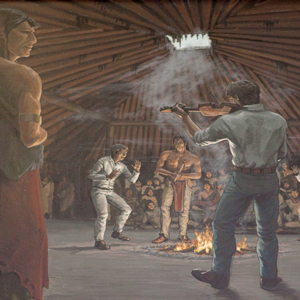

Fort Mandan, ND New Year’s day is celebrated with cannon fire and several men are allowed to visit a nearby Mandan village to celebrate and dance. Clark orders York to dance. The day is warm with rain but the night is cold and snowy.
August 19, 1805
Trading for a mule
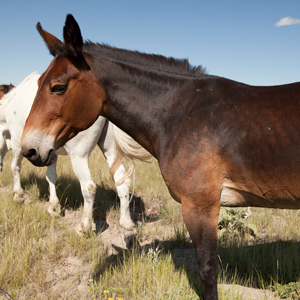

Lemhi River, ID and Fortunate Camp, MT Clark’s heads towards the Salmon River and trades for a mule. Lewis starts a multi-day essay describing Shoshone lifestyle and manners. Sacagawea’s first husband extracts payment from Charbonneau.
August 14, 1806
Among old friends
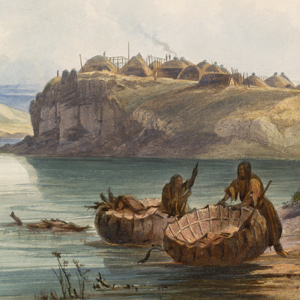

Knife River Villages, ND Early in the day, the expedition greets their old friends at the complex of Hidatsa and Mandan villages at the Knife River. They meet with various chiefs, and Clark invites them to travel with the expedition to Washington City.
March 19, 1805
Hidatsa war parties
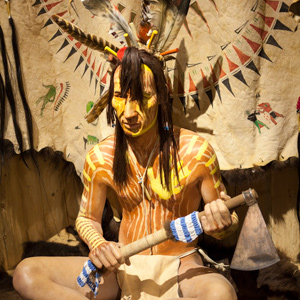

Fort Mandan, ND Sheheke (Big White) and Little Crow visit Fort Mandan and tell Clark that the Hidatsas are forming war parties. Patrick Gass comes to the fort seeking helpers to move the new dugouts from canoe camp to the river.
Flag Presentations
by Joseph A. Mussulman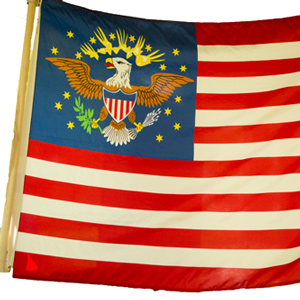

Lewis and Clark usually distributed flags at councils with the chiefs and headmen of the tribes they encountered—one flag for each tribe or independent band.
The Hidatsa Story of Sakakawea
Alternate spelling, alternate story
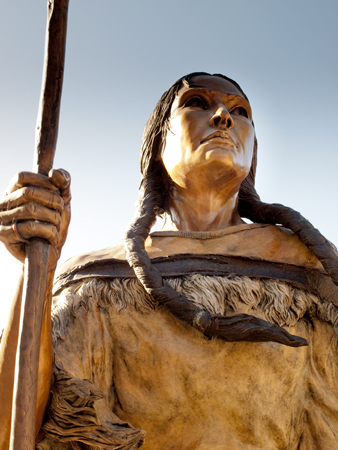
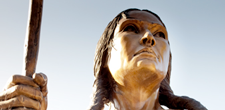
This story of Sakakawea (Sacagawea) as told by Bulls Eye to Major Welch circa 1924 provides an alternate version of her life before the expedition. To begin, he says that she was Hidatsa, not Shoshone….
Meet the Three Affiliated Tribes
Interviews with tribal members
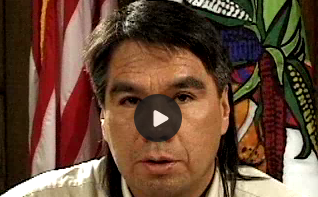

My name is Tex Hall. I’m the tribal chairman of the Three Affiliated Tribes . . . the Mandan, Hidatsa and Arikara Nation . . . here at Fort Berthold at present day New Town, North Dakota. I would like to speak a little Hidatsa because I am Mandan and Hidatsa.
April 5, 1805
Loading the small boats
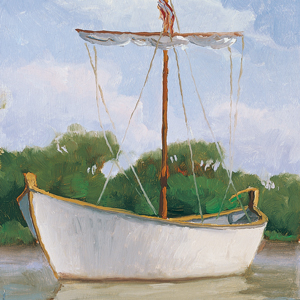

The men load the red and white pirogues and six new dugout canoes. Sgt. Patrick Gass recalls the Indian sexual practices experienced during his stay at Fort Mandan amongst the Knife River Villages.
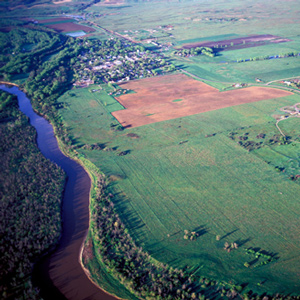

Reaching the mouth of the Knife River on 27 October 1804, the expedition arrived in the midst of a major agricultural center and marketplace for a huge mid-continental region. The five permanent earth lodge communities there offered a panorama of contemporary Indian life.
August 15, 1806
Broken promises of peace
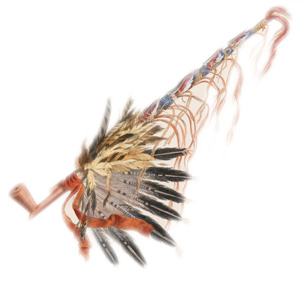

Knife River Villages, ND The captains here of several broken promises of peace among tribes they had worked with on the outward journey. Colter asks to leave the expedition so that he can go back west with two fur trappers.
November 25, 1804
Hidatsa diplomacy
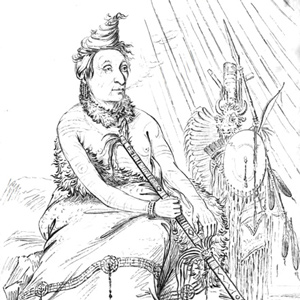

Fort Mandan, ND Lewis, both interpreters, and five men embark on a diplomatic mission to a Hidatsa village. Two Hidatsa chiefs come to Fort Mandan with similar intentions.
February 22, 1805
Fort Mandan rain
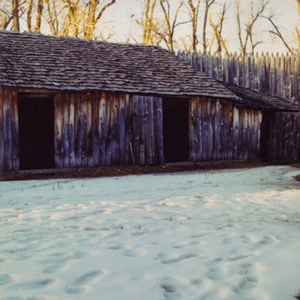

Fort Mandan, ND Fort Mandan receives its first rain since last November. Lewis’s hunting group rests while the others work to free the boats from the river’s snow and ice.
November 27, 1804
Mandan deceptions
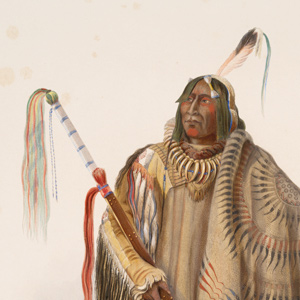

Fort Mandan, ND Lewis returns with two Hidatsa chiefs, and the captains learn that the Mandans and one fur trader have been telling lies to the Hidatsas to keep them away from the fort. In Philadelphia, an eccentric botanists asks why no trained botanists is on the Lewis and Clark Expedition.
August 18, 1806
A Mandan history lesson
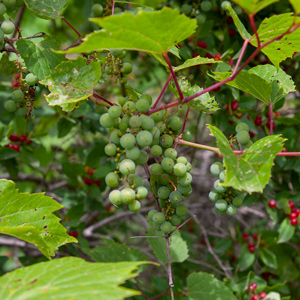

Below the Heart River, ND Despite windy conditions, the expedition makes forty miles. As they pass abandoned village sites, Chief Sheheke (Big White) tells Clark of his people’s history. Near the Heart River, he tells the Mandan creation story.
February 1, 1805
Pacifying Seeing Snake
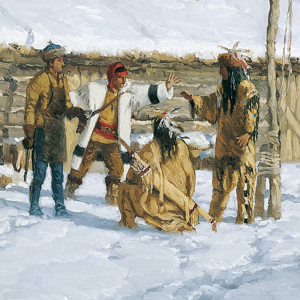

Fort Mandan, ND A Hidatsa chief brings in corn as payment to the blacksmiths for making a war axe. The captains try to talk him out of his intention to fight the Sioux and Arikaras.
February 28, 1805
Arikara and Sioux news
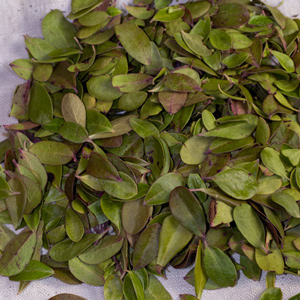

Fort Mandan, ND Traders arrive with news of the Arikaras and Sioux and two plant specimens. About six miles from the fort, several men cut down cottonwood trees to make dugout canoes.
March 23, 1805
A Hidatsa vocabulary
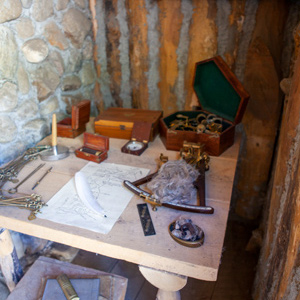

Fur trade clerks Charles McKenzie and François-Antoine Larocque end their visit at Fort Mandan in present North Dakota. A Hidatsa man helps the captains record a vocabulary of his language.
November 16, 1804
Moving into the huts
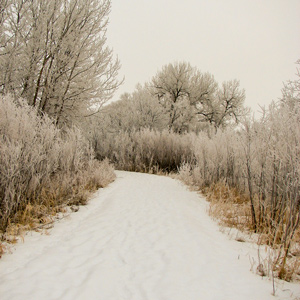

Fort Mandan, ND The morning brings thick frost, and the men move into their unfinished cabins. The captains decline an Indian offer of four buffalo robes for a pistol and learn of a dispute between visiting Assiniboines and their Hidatsa hosts.
Hidatsa Territory
Becoming the Fort Berthold Reservation


After leaving Fort Mandan on 7 April 1805, the expedition traveled for several days through Hidatsa territory. Much of that area would become the Fort Berthold Reservation of the Three Affiliated Tribes, a coalition of Hidatsa, Mandan, and Arikara.
October 27, 1804
Ruptáre Village
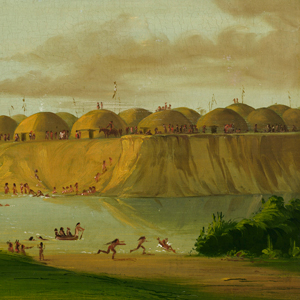

Ruptáre, second Mandan village, ND The expedition travels four miles among a complex of Mandan and Hidatsa villages. They find René Jusseaume living there and hire him as an interpreter.
December 26, 1804
Seeking Charbonneau
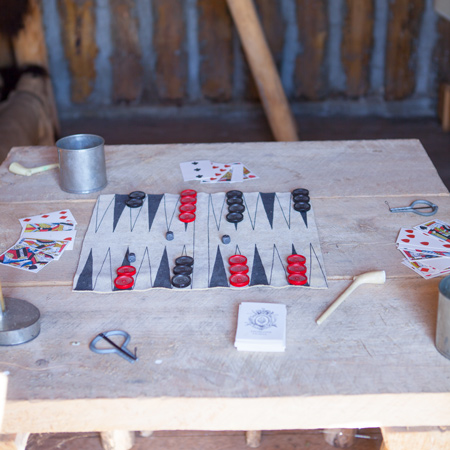

Fort Mandan, ND A trader from the North West Company comes to the fort to hire Charbonneau as a translator. The day is pleasant, and Lewis plays backgammon.
January 15, 1805
A lunar eclipse
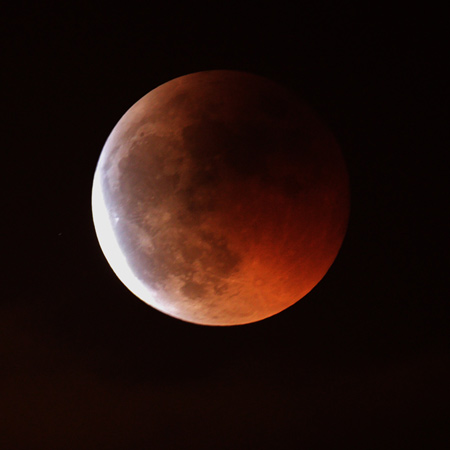

Fort Mandan, ND In the early morning hours, celestial observations are made during a lunar eclipse. The captains receive their first Hidatsa visitors since November.
December 7, 1804
Hunting buffalo
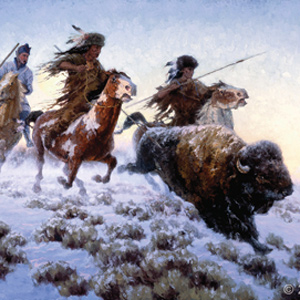

Fort Mandan, ND Some Mandans tell the captains that there is a large buffalo herd nearby, and Lewis organizes a group of hunters. Gass is impressed with the ability of the Indian hunters and their well-trained horses.
April 12, 1805
Little Missouri River
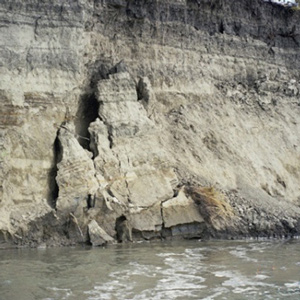

Early in the day, a crumbling bank threatens the red pirogue. They spend most of the day at the Little Missouri River and see beaver, empty Assiniboine camps, creeping juniper, and wild onions.
January 1, 1804
New Year's shooting contest
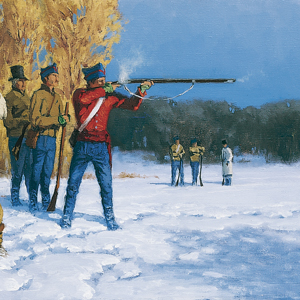

Winter Camp at Wood River, IL Clark stages a shooting contest with the locals and notes that two men (perhaps Reed and Windsor) were drunk. He meets with a new washer woman, and a visitor tells him about the Mandan Indians and their country. The captains begin their weather diaries.
March 10, 1805
Migrating Indians


Fort Mandan, ND Visiting Indians tell the captains how the Mandan and Awaxawi Hidatsas were decimated by wars and smallpox, the reasons they banded together into five villages.
January 16, 1805
Hidatsa-Mandan jealousies
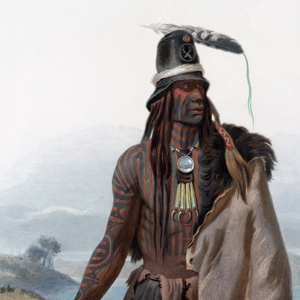

Fort Mandan, ND Warm weather melts the snow on the Fort Mandan roofs as the captains attempt to smooth over a spat between the Hidatsas and Mandans and broker peace between Seeing Snake and the Shoshone.
October 31, 1804
Black Cat speaks


Ruptáre, second Mandan village, ND Posecopsahe (Black Cat) gives a speech wishing for peace and returns two of the French traders’ stolen beaver traps. Lewis writes a letter to the North West Company bourgeois at Fort Assiniboine.
October 29, 1804
Mandan-Hidatsa-Arikara peace


Ruptáre, second Mandan village, ND The standard diplomatic speech is given at a council with the Mandans and Hidatsas. The captains ask them to also smoke the pipe of peace with Arikara Chief Too Né. Medals, flags, and clothing are given as gifts.
August 13, 1806
All hands aboard
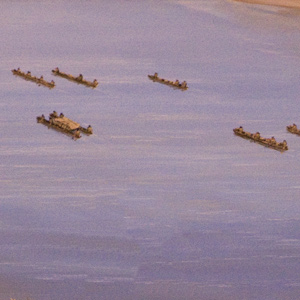

Near Riverdale, ND With all hands aboard, they start the day as one unit for the first time since separating on 3 July 1806. With favorable winds they make eighty-six miles passing the Little Missouri River.
November 30, 1804
A military reprisal
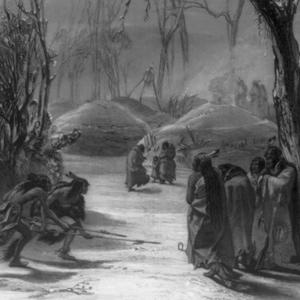

Fort Mandan, ND Responding to news of a deadly Sioux and Arikara attack on Mandan and Axaxawi Hidatsa hunters, Clark leads a military force to Mitutanka to gather warriors and pursue the Sioux. His intentions are appreciated, but he is convinced to abandon the plan.
March 6, 1805
Shannon's accident
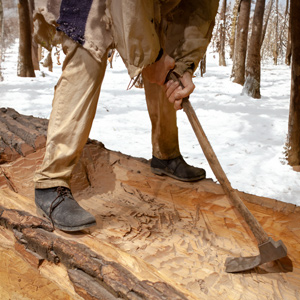

Fort Mandan, ND George Shannon cuts his foot with an adze while building a dugout canoe. Some Hidatsas burn off dead winter grasses making the air smoky.
August 11, 1806
Cruzatte shoots Lewis
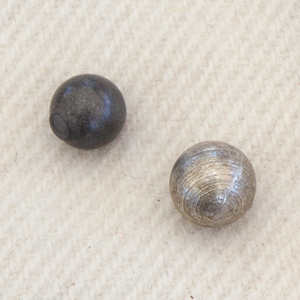

White Earth River and Four Bears Village, ND While hunting elk, Pierre Cruzatte accidentally shoots Lewis through the buttock. Clark meets fur traders who share news of the barge, Indian wars, and shifting trade alliances.
March 22, 1805
Little Wolf visits


Fort Mandan, ND The second chief of the Big Hidatsa Village pays his first visit and is given the standard diplomatic treatment: a peace medal, gifts, and a speech.
March 9, 1805
Grand Hidatsa Chief Le Borgne


Fort Mandan, ND The Grand Chief of the Hidatsas pays his first visit to Fort Mandan. He is given gifts and Lewis demonstrates the air gun. York is the first black man ever seen by the chief.
Assessing the Legacy of Lewis and Clark
by Clay S. Jenkinson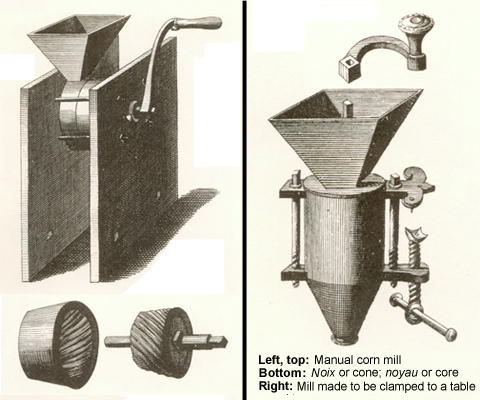

The author proposes a few metaphors for the Lewis and Clark story, not in any definitive way, but merely to help us all think about the legacy of the expedition.
November 5, 1804
Raising the huts
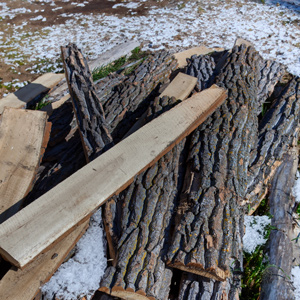

Fort Mandan, ND The day is spent raising huts and splitting boards for cabin lofts. Mandans report capturing 100 pronghorns, and Lewis spends the day writing. From St. Louis, Major Bruff reports jealousies and rumors.
Notes
| ↑1 | Frank Henderson Stewart, Handbook of North American Indians: Plains Vol. 13, Raymond J. DeMallie, Ed. (Washington, D.C.: Smithsonian Institute, 2001), 346. |
|---|---|
| ↑2 | Sacagawea’s name and life story is often debated. Being a popular argument, the controversy is outlined at Wikipedia, https://en.wikipedia.org/wiki/Sacagawea#Spelling_of_name. For the Hidatsa version, see also Gerard A. Baker in Lewis and Clark through Indian Eyes, Alvin M. Josephy, Jr., Ed. (New York: Vintage Books, 2006), 123–136. |
| ↑3 | The writings of Larocque and McKenzie provide alternate perspectives on the expedition’s winter stay at Fort Mandan. Where appropriate, excerpts are included in this website’s Day by Day pages. See also W. Raymond Wood and Thomas D. Thiessen, Early Fur Trade on the Northern Plains: Canadian Traders among the Mandan and Hidatsa Indians, 1738–1818 (Norman: University of Oklahoma Press, 1985), in passim. See also Larocque at Fort Mandan. |
| ↑4 | Baker, 329–331, 346-47; William Bright, A Glossary of Native American Toponyms and Ethnonyms from the Lewis and Clark Journals, University of Colorado, accessed on 28 April 2020, https://lewisandclarkjournals.unl.edu/item/lc.sup.bright.01; Moulton, Journals, 3:206n8. |
| ↑5 | For more academic synonymies see (Douglas R. Parks, Handbook of North American Indians: Plains, 344 and Frederick Webb Hodge, Handbook of American Indians North of Mexico, Vol. 1 (Washington: Smithsonian Institution Bureau of American Ethnology, Government Printing Office, 1912), 47, 547–549. |
